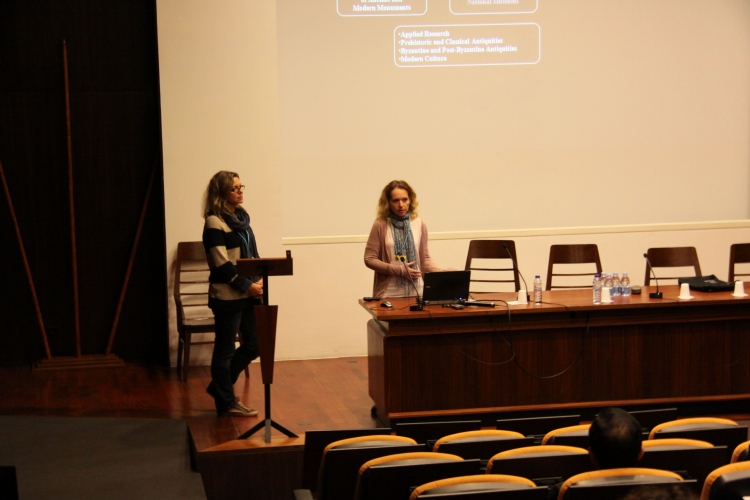RER/0/034 - Enhancing the Characterization, Preservation and Protection of Cultural Heritage Artefacts
"Regional Training Course on Radiation Technology for Cultural Heritage Preservation", 5 - 9 November, Sacavem, Portugal.
RER/0/034 - Enhancing the Characterization, Preservation and Protection of Cultural Heritage Artefacts
"Regional Training Course on Radiation Technology for Cultural Heritage Preservation", 5 - 9 November, Sacavem, Portugal.
Nuclear techniques are optimal for non-destructive characterization of cultural heritage artefacts, both for their ability to conserve and restore, as well as for their ability to preserve through the use of radiation treatment.
Following the success of a previous TC project (RER/8/015 "Using Nuclear Techniques for the Characterization and Preservation of Cultural Heritage (CH) Artefacts in the European Region", 2009-2011), project RER/0/034 was designed to broaden access to nuclear techniques and irradiation facilities within the TCEU Region and extend their applicability range to cover new cultural heritage artefacts and materials. Under this prism, the regional training course offered a unique technical capacity building opportunity to specialists from across the region, thus contributing towards the enhancement of the preservation of Europe's Cultural Heritage by means of nuclear technology.
Project RER/0/034 entitled ‘Regional Training Course on Radiation Technology for Cultural Heritage Preservation” took place on the 5th to the 9th of November, in Sacavem, Portugal. The Training Course was organized by the International Atomic Energy Agency in collaboration with the Government of Portugal through the Instituto Tecnológico e Nuclear, and was attended by 34 participants from 17 European and Central Asian countries.
The purpose of the training course was to provide participants with technical knowledge and practical demonstrations of nuclear technology used for the preservation of cultural heritage objects. The core principles, advantages and limitations as well as selected applications were presented. Emphasis was given on providing detailed information on basic aspects of radiation technology, radiation microbiology, radiation effect on cellulosic materials; radiation polymerization and dosimetry for process control as applied to preservation of CH objects.

Participants delivering Presentations on their National Programmes
The training course included presentations, lectures and practical demonstrations covering the topics related to the use of nuclear technology for the preservation of cultural heritage objects, with emphasis on:
The lectures were supplemented by relevant demonstrations and experiments using irradiation facilities.
The participants presented their own experience on the use of applications of radiation processing technology for the preservation of CH objects.
The outputs of the training course were:

Participants delivering Presentations on their National Programmes